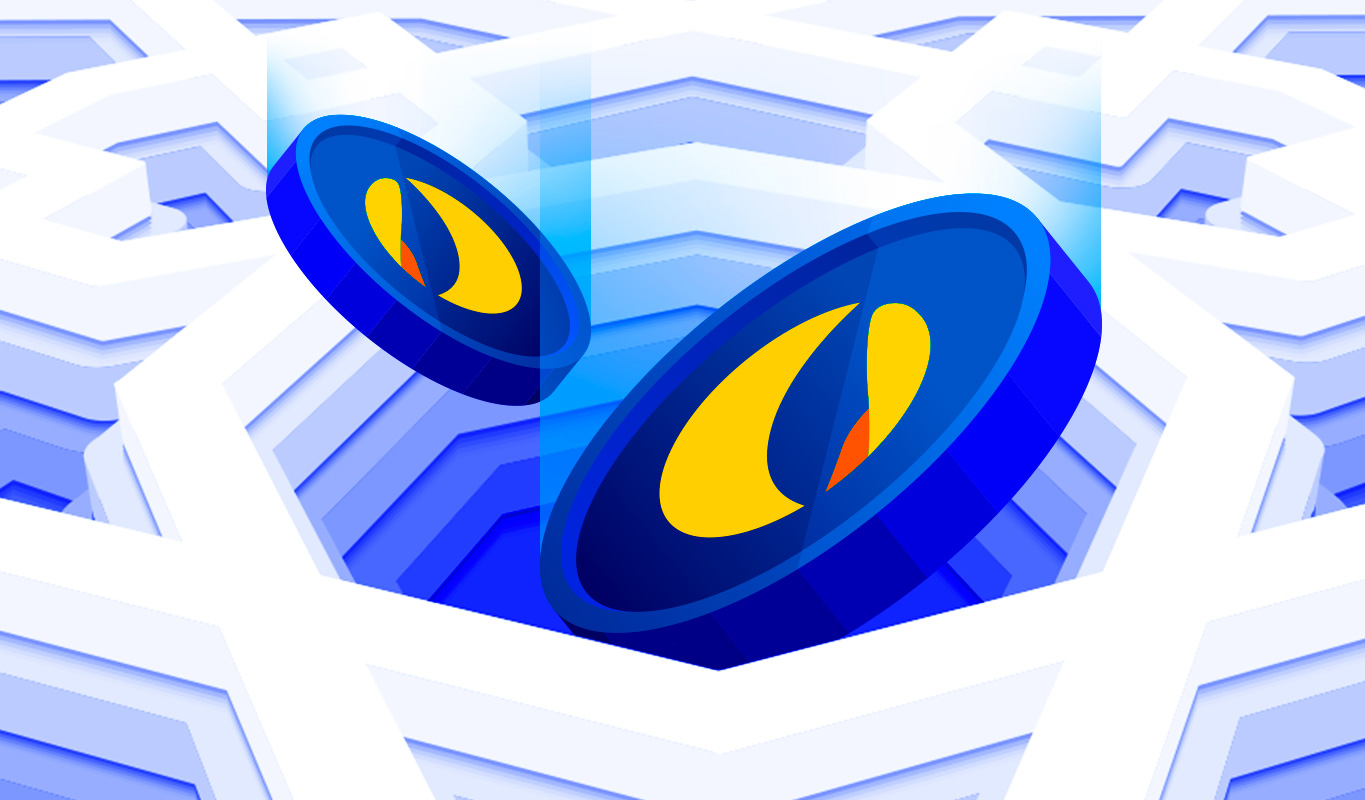At CES 2025, BMW showed off its new infotainment system, which involves dual screens and a heads-up display — or two heads-up displays and a screen, it all depends on how you look at it.
There’s a rhombus-shaped screen where the centre console typically is. The second display is projected onto the dark bottom of the windshield. Since it’s a projection, and on the windshield, this is technically a heads-up display, but it will act more like a screen that all people in the car can see. Above that, there’s the typical in-car heads-up display that only the driver can see.
This new system is called ‘BMW Operating System X’ and is built on the Android Open Source Project (AOSP). It will be on all future BMW vehicles, starting with some announced at the end of 2025. BMW moved over to the AOSP in 2023 with OS 9. This is the second version. The automaker purposefully tried to build the new update with as many open-source and non-bespoke parts as it could. The idea behind this is to make it easy to update in the future and for it to be approachable for all kinds of developers.
To me, the standout features are the simple and customizable design and the new ‘Panoramic iDrive’ screen. This new screen builds on the ideas the automaker showed off at a Neue Klasse event in September 2023, but now it feels fully formed and ready to be released.
The next level of customization

At the show, BMW showed off six distinct design themes, with at least two using custom wallpapers. The unique look of each theme brings to mind the super fun infotainment designs in the electric Mini Cooper, so it’s nice to see BMW utilizing similar design ideals across its range of vehicles.
With this new design language, you can use preset themes like an orange sport mode or a purple silent mode. However, I think the hilight is a custom choice that the company says will give you more freedom over the look of your infotainment, from the background images to colours and widgets. That being said, you should be able to customize the widgets in the panoramic display no matter what driving mode you’re in.
If you set a custom wallpaper, the OS adapts to a dominant colour in that image to give the OS some uniformity while also making it fun an unique to each driver.

Moving beyond design, the infotainment’s functionality appears quite streamlined. There is a stack of three cards on the left of the home screen that you could swipe through, and it seemed to integrate pretty seamlessly with the user’s phone. It also seems to have a central focus on navigation, which I think might help it compete against phone projection tech like Android Auto and CarPlay. Most of the other controls and your app drawer are accessible from the bottom row of icons, and you can even take Zoom video calls from this display.
Drivers will only need to operate the central touch screen since the heads-up displays are for showing ambient or active information and less about physically interacting with. The company moved the main display closer to the driver to make it as easy to use as possible while driving.
The Panoramic iDrive display

The star of the show is the panoramic screen, which will be projected at the tinted bottom edge of the windscreen. It’s tinted dark to make the projection look colourful and rich with contrast. It cuts a solid line across the bottom of the windshield, and the company says it’s been placed perfectly to cover the hood of your car. You can’t see through this section, but you can turn off all the information on the right-hand side and limit it to only driving-related info like speed.
We saw a quick glimpse of it in a promo video. A vast majority of the show was done on a set with a XXL version of a BMW Neue Klasse dashboard built into the theatre. Ideally, with the dark background, it will be bright and vibrant like a screen, but the real question will be how well it stands up to direct sunlight.
BMW board member Frank Weber assured me and a few other journalists during a round table discussion that this wouldn’t be the case and that the display works well in all brightness conditions and weather conditions, like when your car is super cold.
This thin strip sits better in your eye-line than a traditional instrument cluster and is designed to help drivers keep their focus on the road. Weber says that it’s a great experience and keeps you feeling more connected to the road.

BMW has been working on a system like this for around five years and really wanted to use on-screen projection to make the tech elements of the vehicle fade into the background once you start driving. Weber also says that the panoramic display combined with the controls on the new wheel is really intuitive, and it took him a surprisingly short time to learn.
The displays are highly customizable, with around 20 widgets at launch and more to come. Most are for a lot of the car’s side functions. A few examples shown off were various clocks, power meters, a compass, a now-playing interface, and much more, including navigation instructions. You can store a total of six widgets in the panoramic display. Weber says his favourites are all the widgets related to travelling, such as distance travelled and navigation, but he also enjoys the nostalgia he gets from the retro-looking watt meter.
In a separate interview with Adrian van Hooydonk, the senior vice president of BMW group design, and Stephan Durach, head of the BMW Group entertainment and mobile devices department, they also mentioned that the idea is to continue adding widgets to the new display. While they were skeptical if anyone would be willing to put in the effort, they did mention that in theory because it’s built on Android and Linux, third-party devs could develop their own widgets for the car.
The 3D heads-up display and steering wheel

The final two pieces of this new infotainment are the 3D heads-up display that will make it look like arrows for navigation actually line up with the road ahead of you in real space. It’s not traditionally what you think of when you think of 3D movies, but Hooydonk and Durach both claim that it works well and is very intuitive in practice.
The steering wheel is now a six-sided hexagon shape, and all the buttons on it are lit under a translucent piece of black plastic. This way, BMW can turn the backlights on and off to show only the buttons the driver might need. It can also make buttons different colours. For example, the phone will turn green when you’re getting an incoming call. There’s also haptics feedback built-in when you hit a button.
Hooydonk and Durach also clarified that the wheel has been made in this shape, so it will be more ergonomic to hold and interact with the buttons at the same time.
The Neue Klasse is almost upon us

Overall, the goal of this tri-display setup should feel quite subtle in practice since the main display is very driver-focused, and the additional information is projected onto the bottom edge of the windshield, which should offer a paired-back experience.
I couldn’t spot anywhere BMW was lacking in this infotainment revision, and compared to busier infotainment systems of the past, I think this is a really smart design.
Don’t think this means there won’t be any physical switches in future BMW cars. The company has shared that there will still be physical toggles for windscreen wipers, volume control, gear selection, window de-icers and turn signals. Heat/AC, media controls and driver assistance functions will all be delegated to the main screen and the steering wheel controls.

Neue Klasse concept car from 2023.
BMW says that it used feedback from 3,000 real customers and data derived from how drivers use its existing cars, so it developed the new tri-screen system to be as usable as possible. This likely explains the plethora of customizability options and the simple and straightforward design. It’s also been designing the Neue Klasse (next-generation BMWs) for five years at this point and even skipped a car generation to make sure every element of its upcoming cars feels new.
The automaker says this new infotainment system will be on all new BMW vehicles from the end of 2025 onwards. It is also highly upgradeable, so BMW hopes it will have a long shelf life. It includes features like a voice assistant and numerous driver assistance features.
At the end of the presentation, I walked away impressed with what BMW had shown off, and I can’t wait to see it in action later this year when the company shows off the first Neue Klasse vehicles. I’ve always been a fan of minimal infotainment systems and software with lots of customization, so I think there will be a lot to love with what BMW has planned for its future infotainment.
MobileSyrup may earn a commission from purchases made via our links, which helps fund the journalism we provide free on our website. These links do not influence our editorial content. Support us here.









Leave a Comment